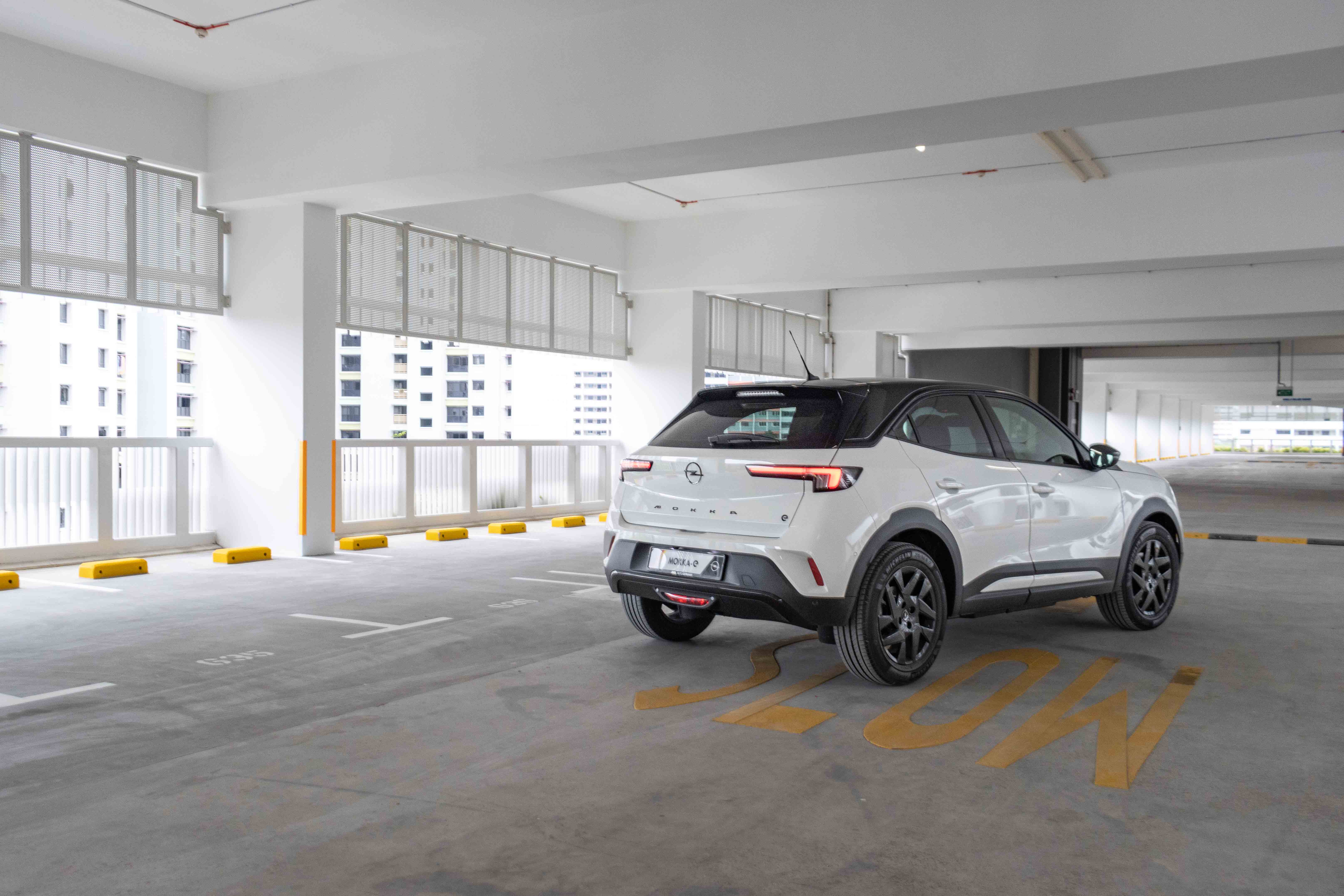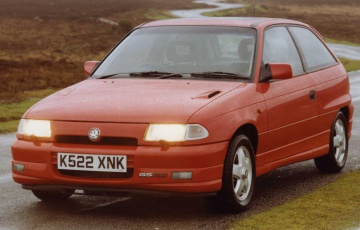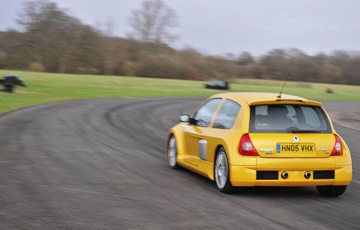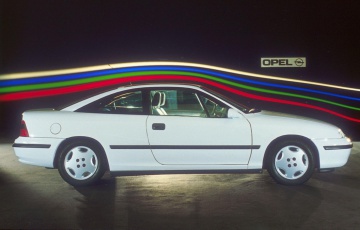2022 Opel Mokka-e Review : Mantra Manta
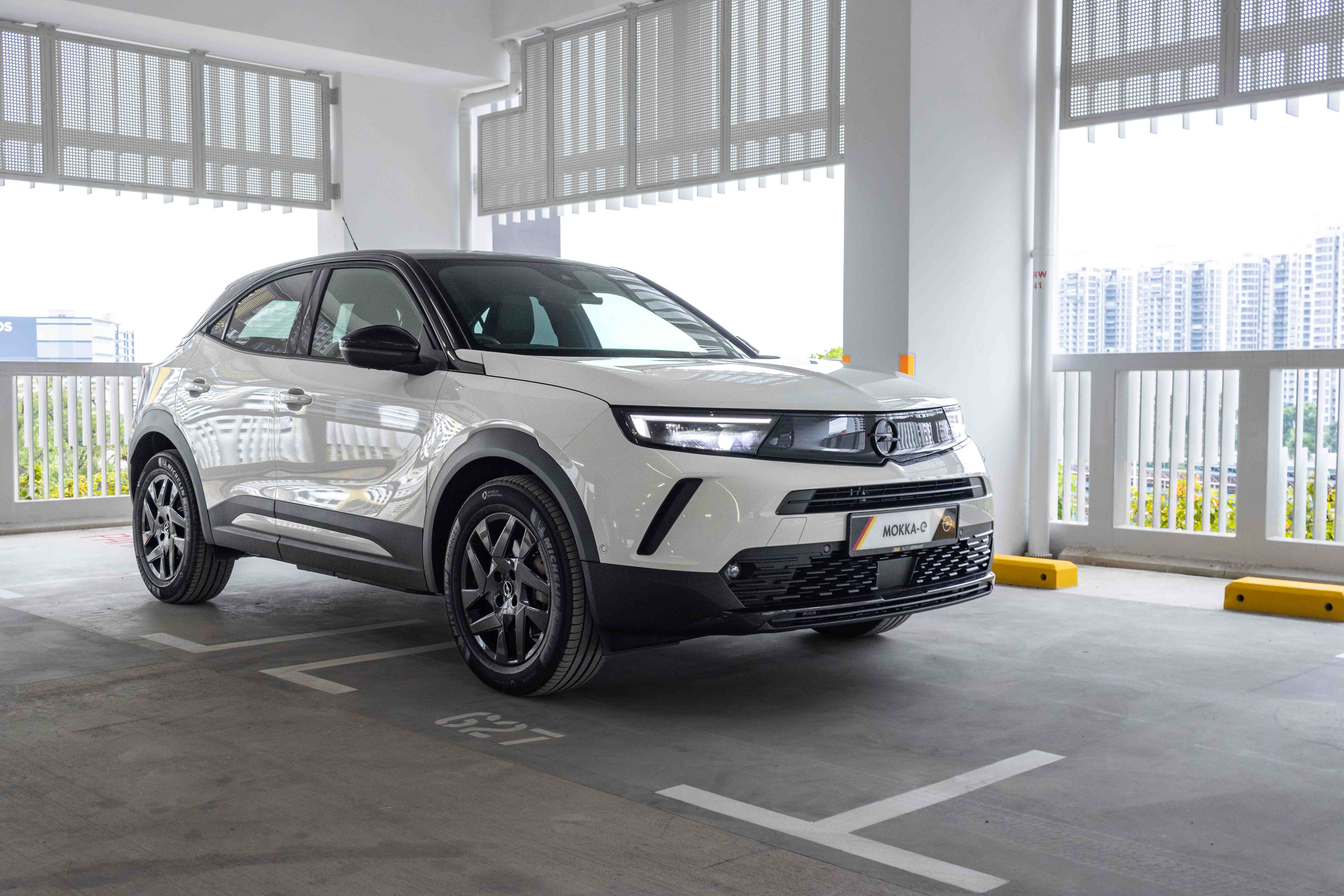
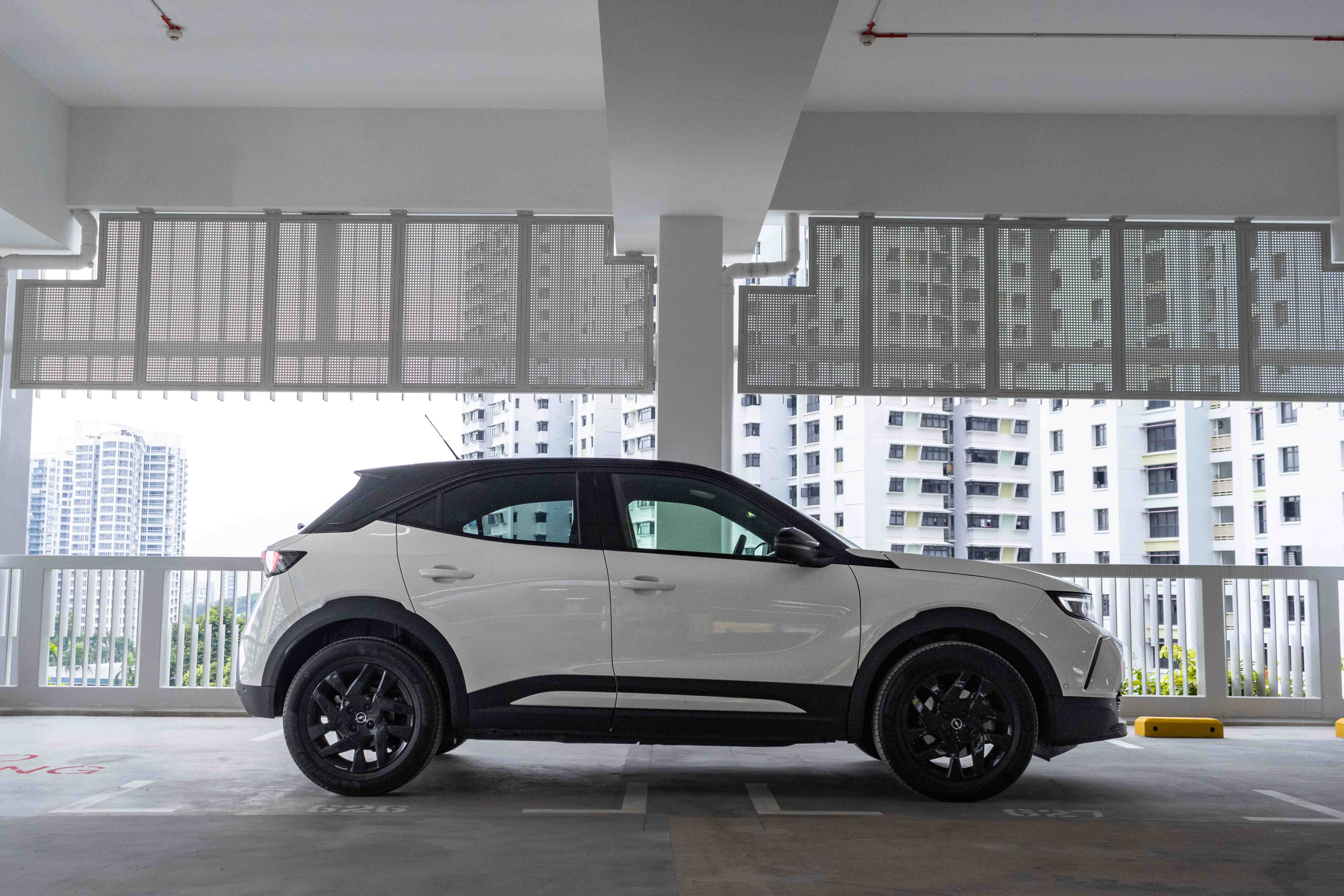
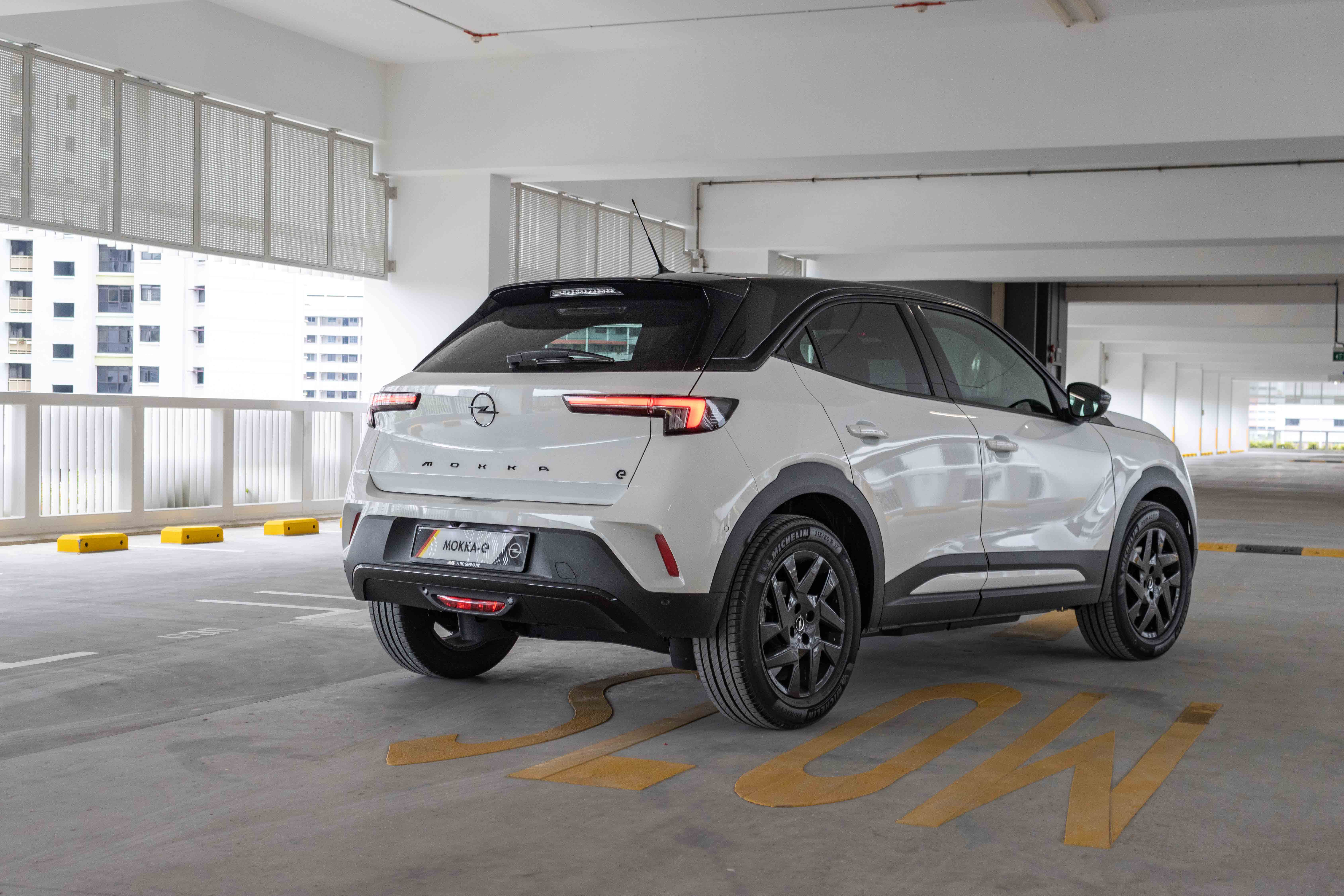
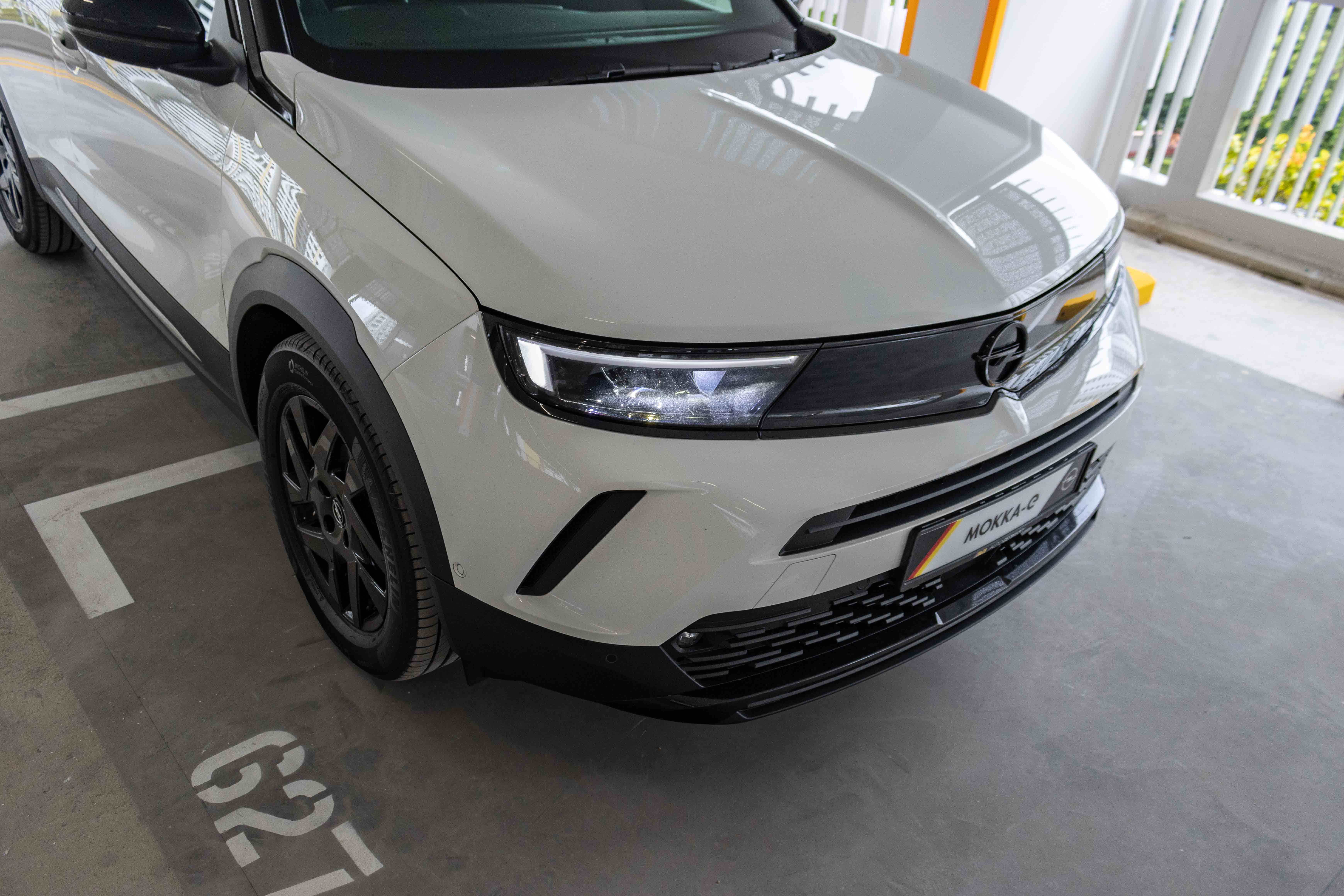
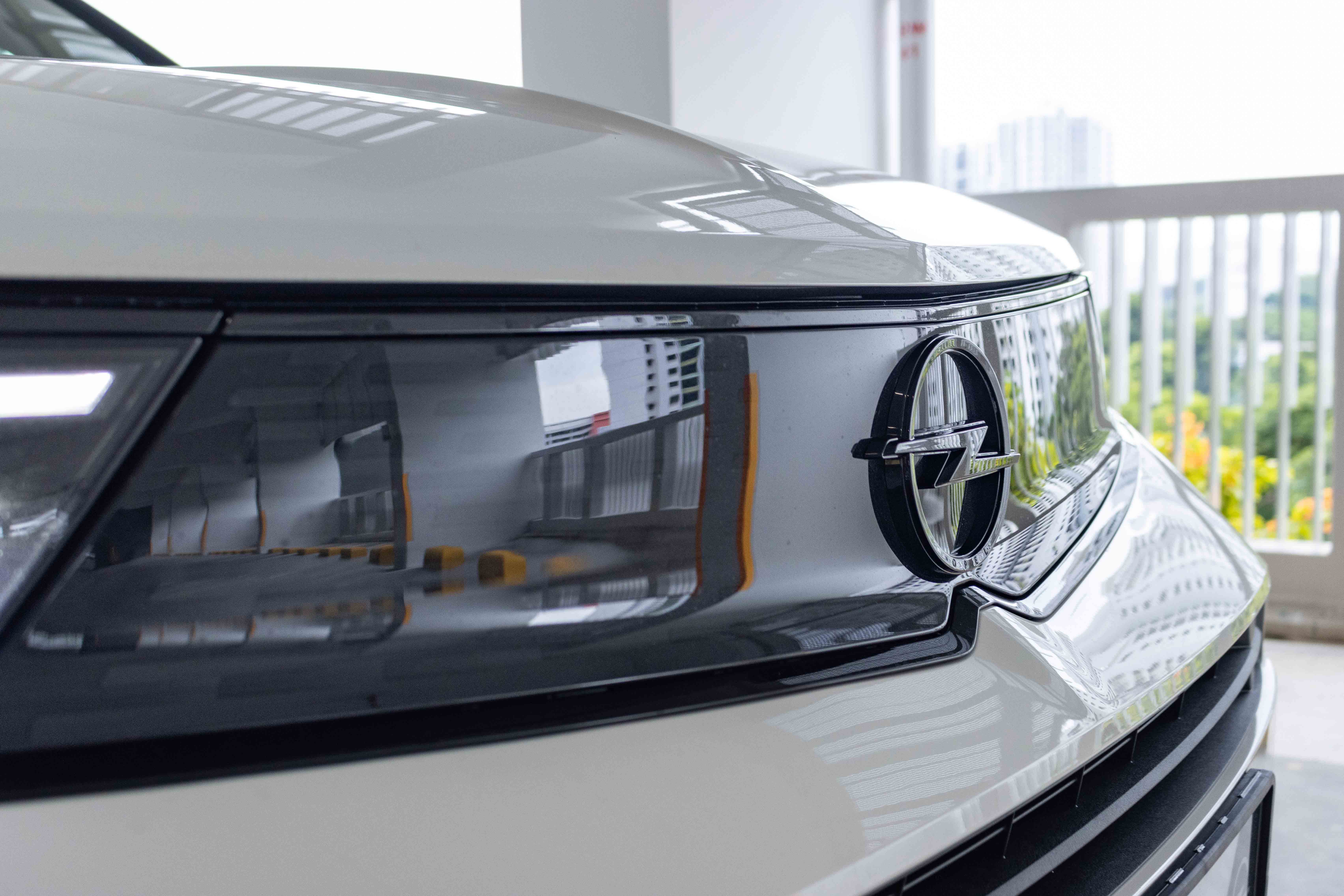
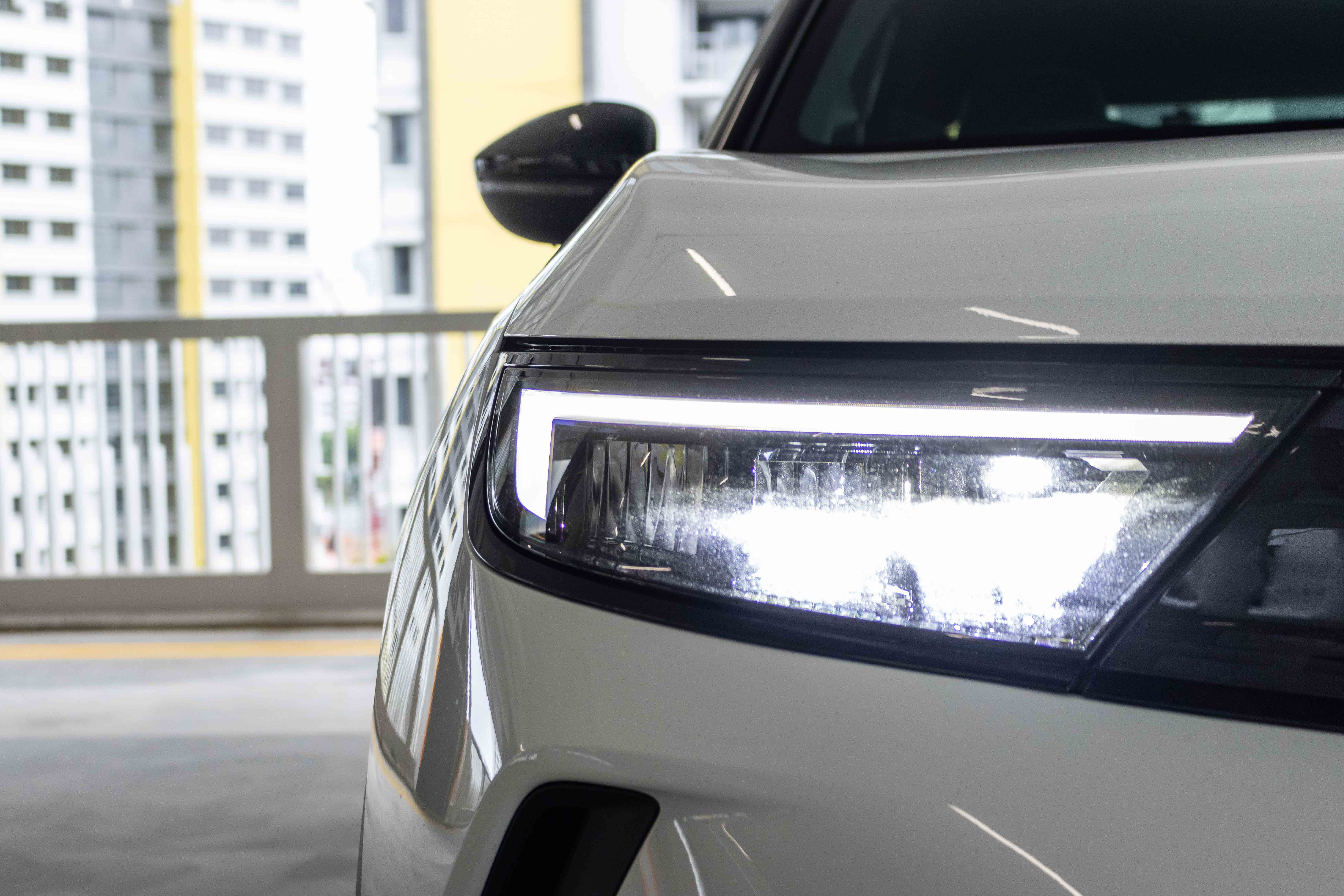
2022 Opel Mokka-e Review : Mantra Manta
Singapore - In a time where EVs are gaining traction, it is probably a blessing that Opel found itself parked under mega autos group, Stellantis. The sharing of resources, synergies and technologies, are key to survival in an uncertain environment. Many believe that to prevent the world from sinking (further), electrification R&D clearly needs speeding up.
The Opel Mokka small SUV was introduced post GM-management, when the German automaker (for a short while) came under the fold of PSA; you know, the quirky French guys who produce Peugeot and Citroen.
And then Stellantis happened… which to me is sort of like the merger of L.A. Guns and Hollywood Rose a few times over.
The Mokka-e is a car which makes you take a second look. The small SUV takes design influences from its past, in what Opel terms Vizor–iconic. You can see retro design elements namely in its “winged” bonnet, V-shaped front-end and black roof - an obvious nod to the first generation Manta coupe.
2022 Opel Mokka-e - inside
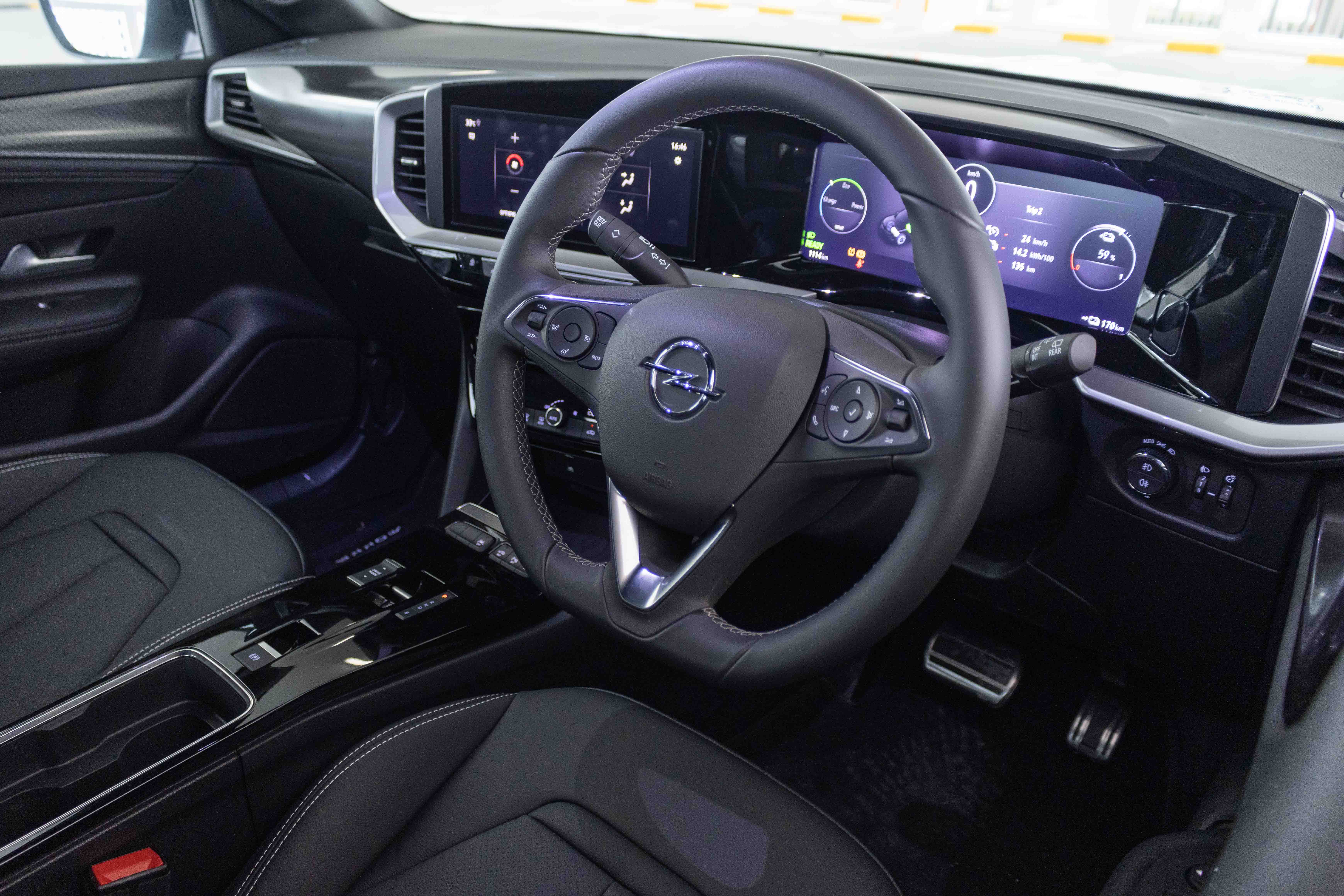
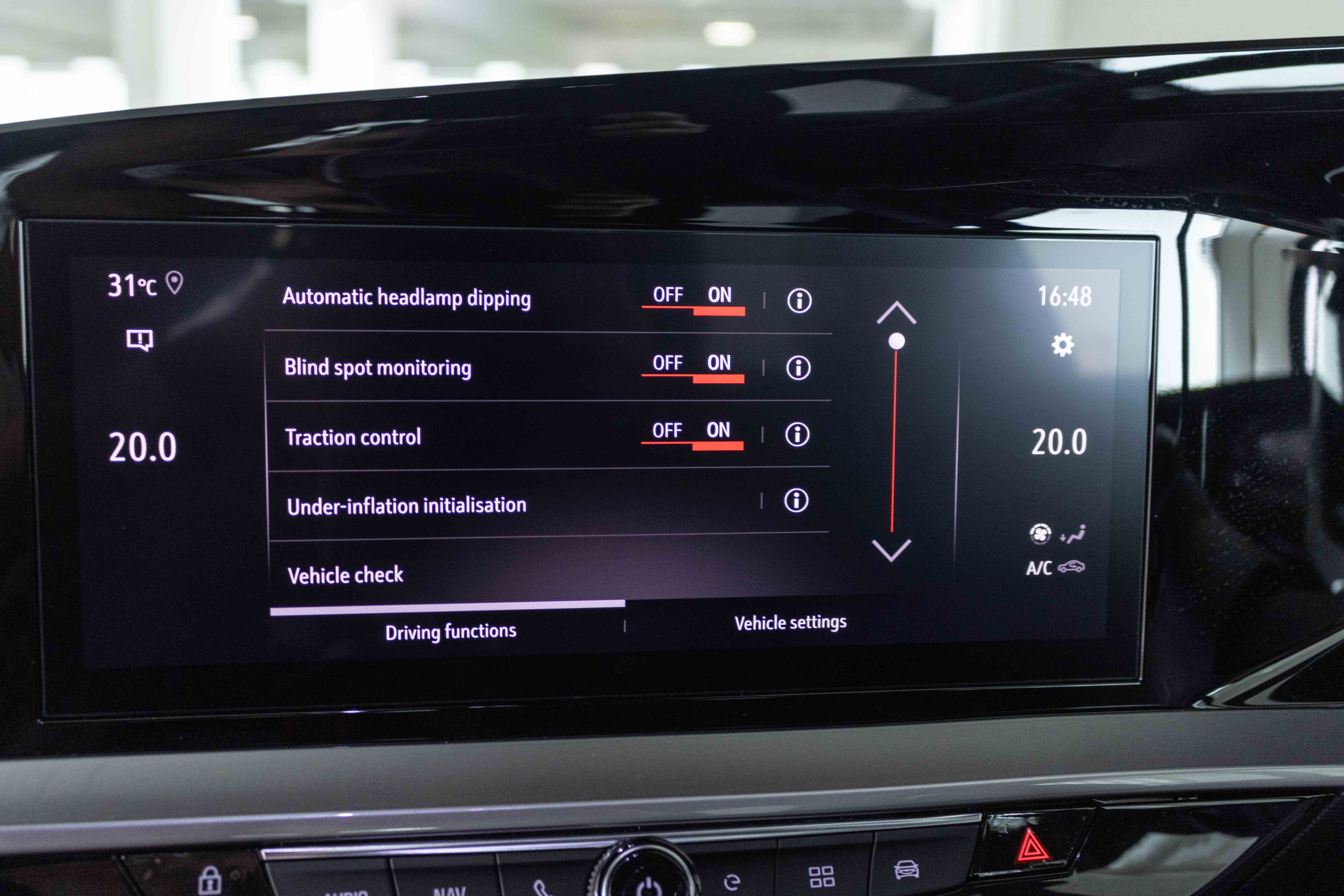
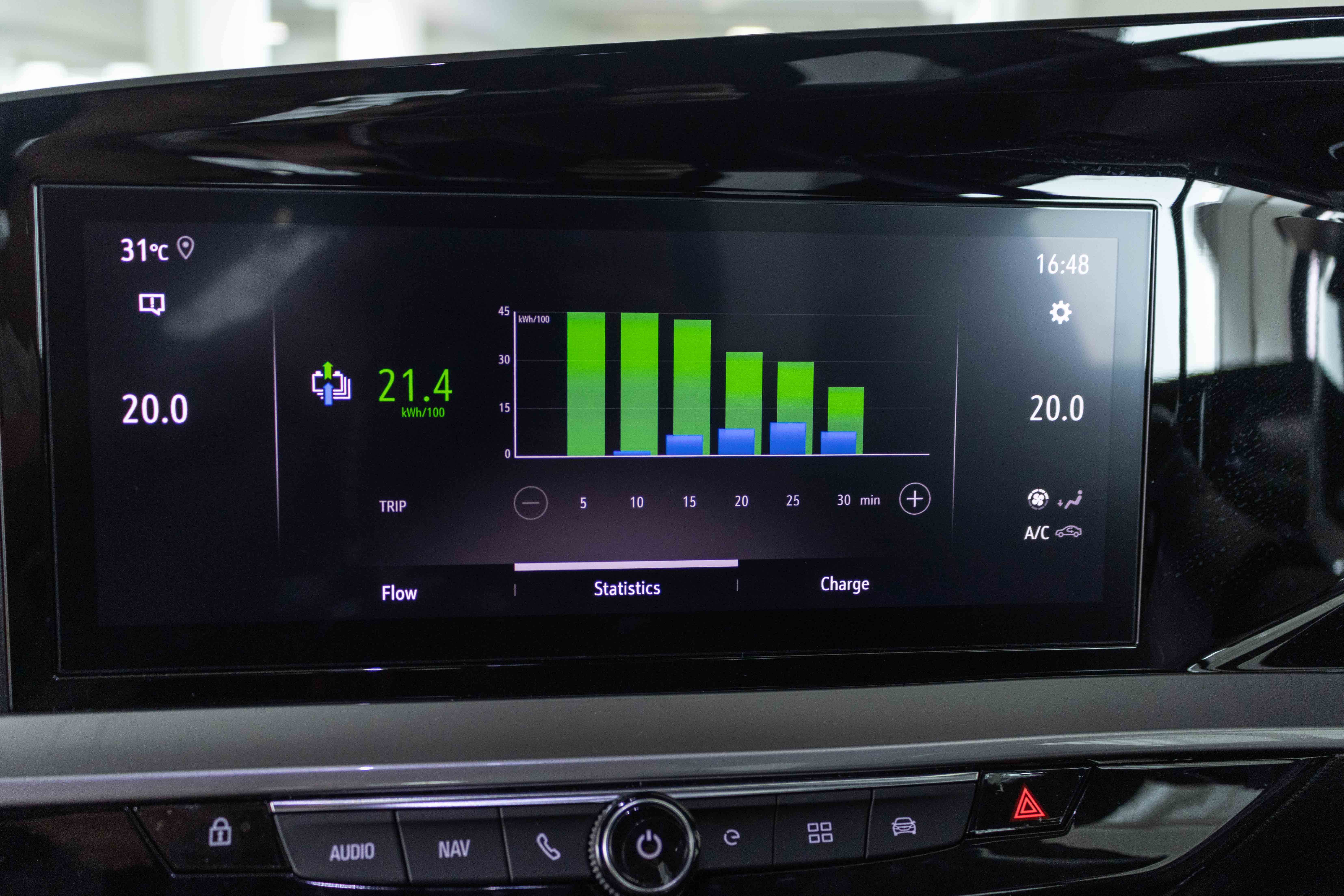
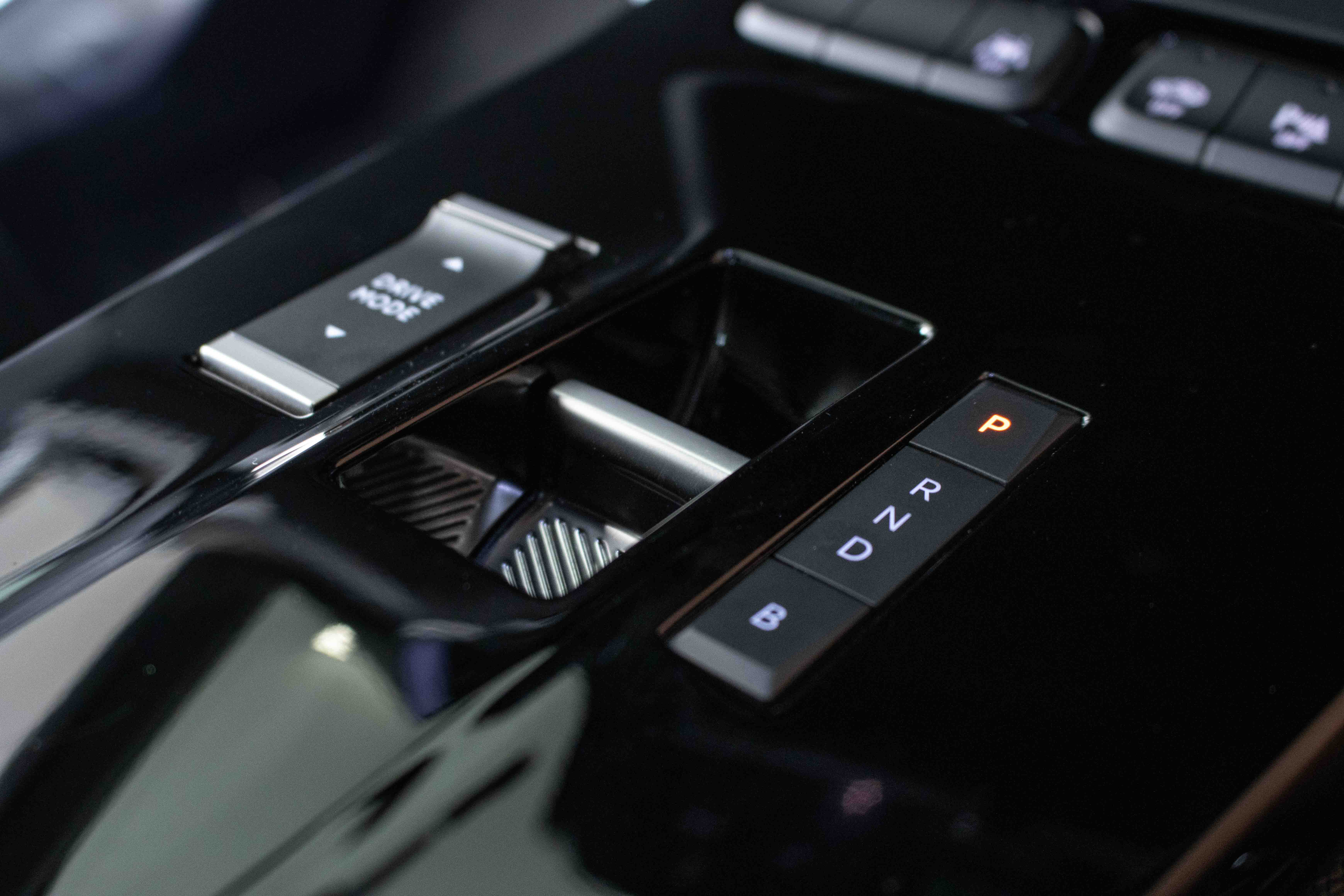
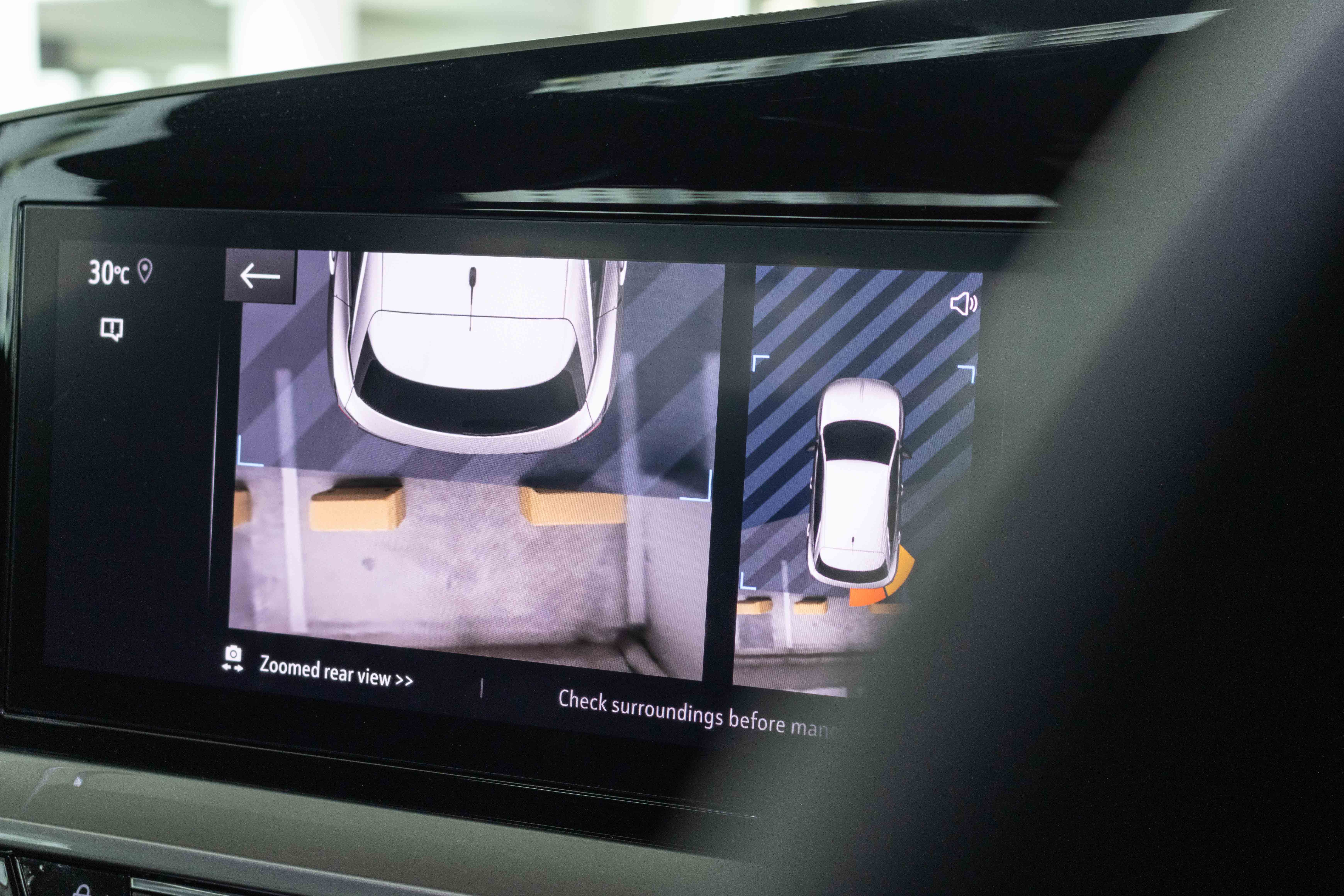
While the Mokka-e is related to its French e-2008 cousin, I feel that there is enough visually to differentiate both cars here. The only glaring similarity is the shift-by-wire gear lever which both cars share. The driver display is a neatly laid-out 12.0-inch screen, which you can tweak to your liking. To the left of it, there is a 10–inch infotainment touchscreen, which boasts both Apple Carplay and Android Auto connectivity. What got us was that it had built-in sat-nav, which is a rarity for a car in its class.
While the infotainment screen layout looks largely different from Peugeot’s, there is no escaping that PSA-based parking display with the simulated-stitched 180 degree imagery - while a pleasant touch for a car in the same playpen as the Mokka-e, it leaves much to be desired if this were a car a class higher. You can also connect to the car externally on your mobile device, using the MyOpel app. This provides you with information about drive data and history, battery power level and even your car’s location.
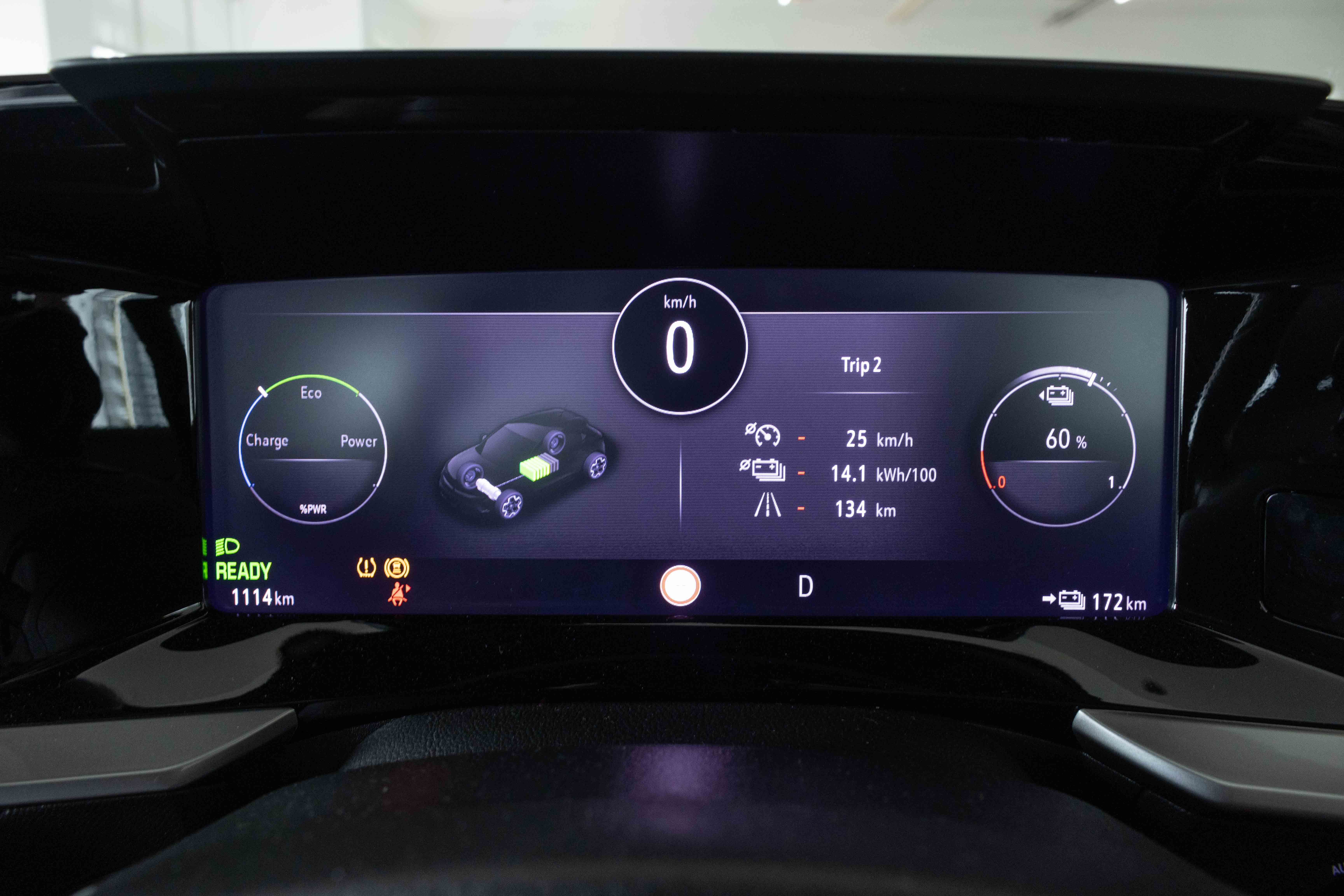
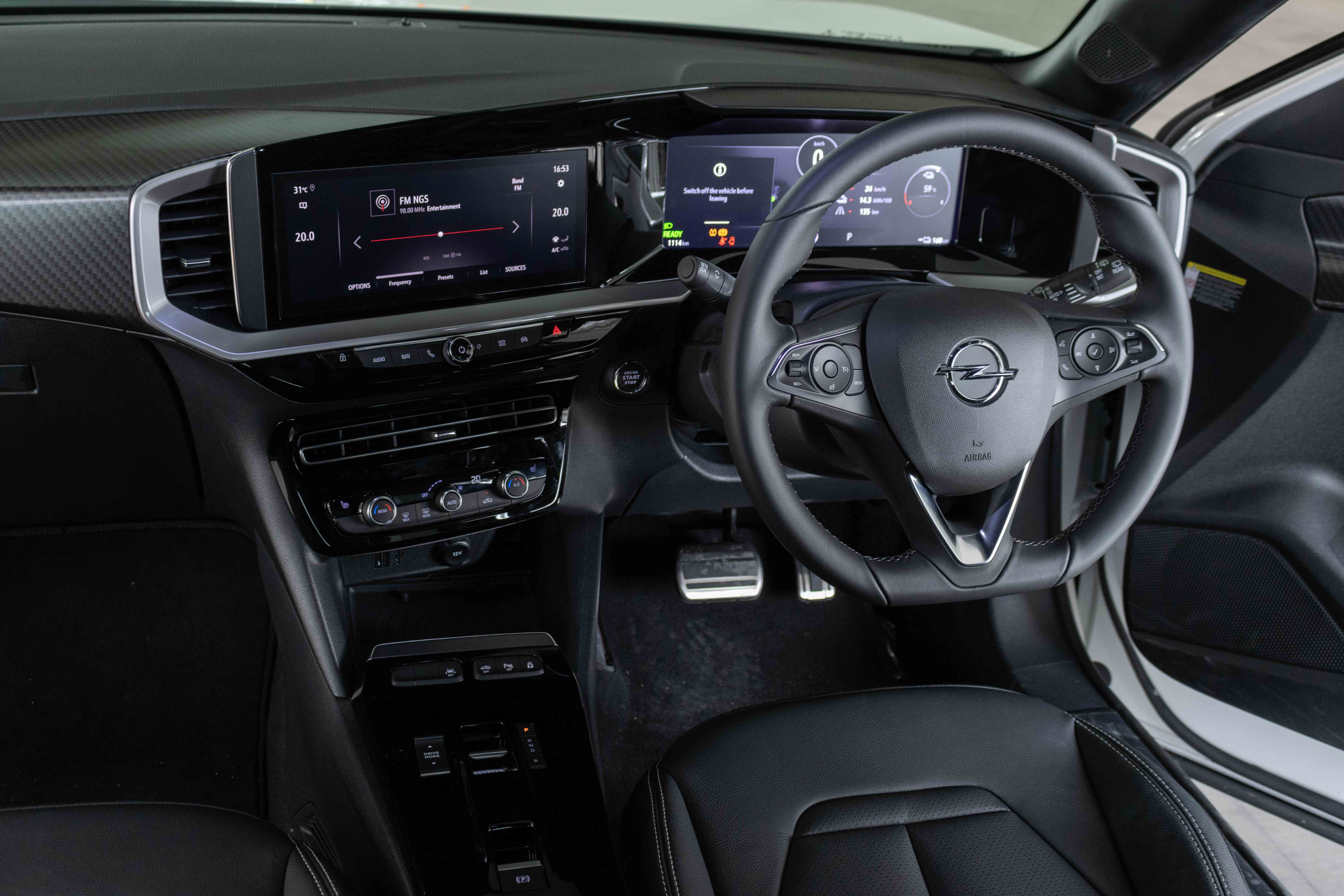
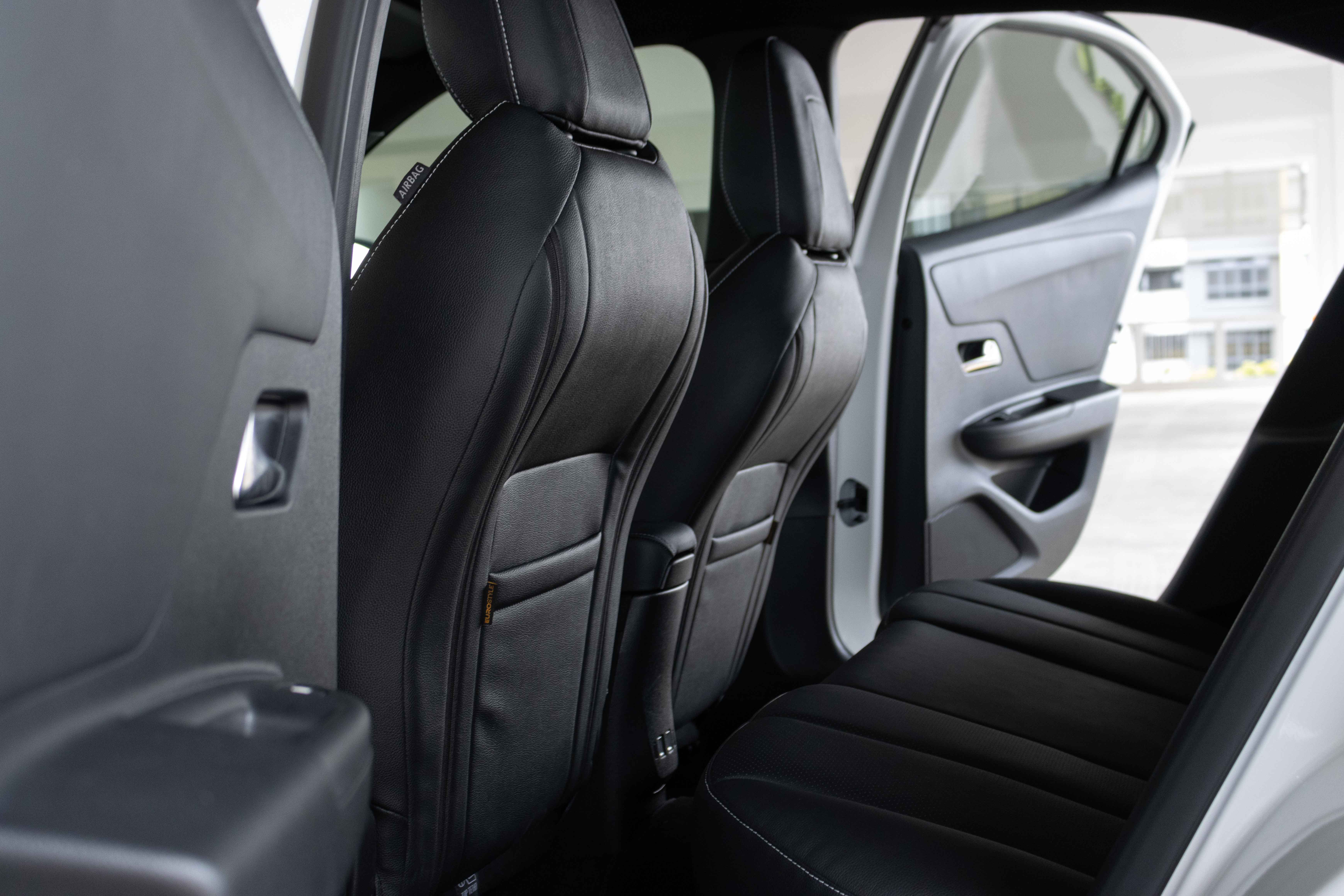
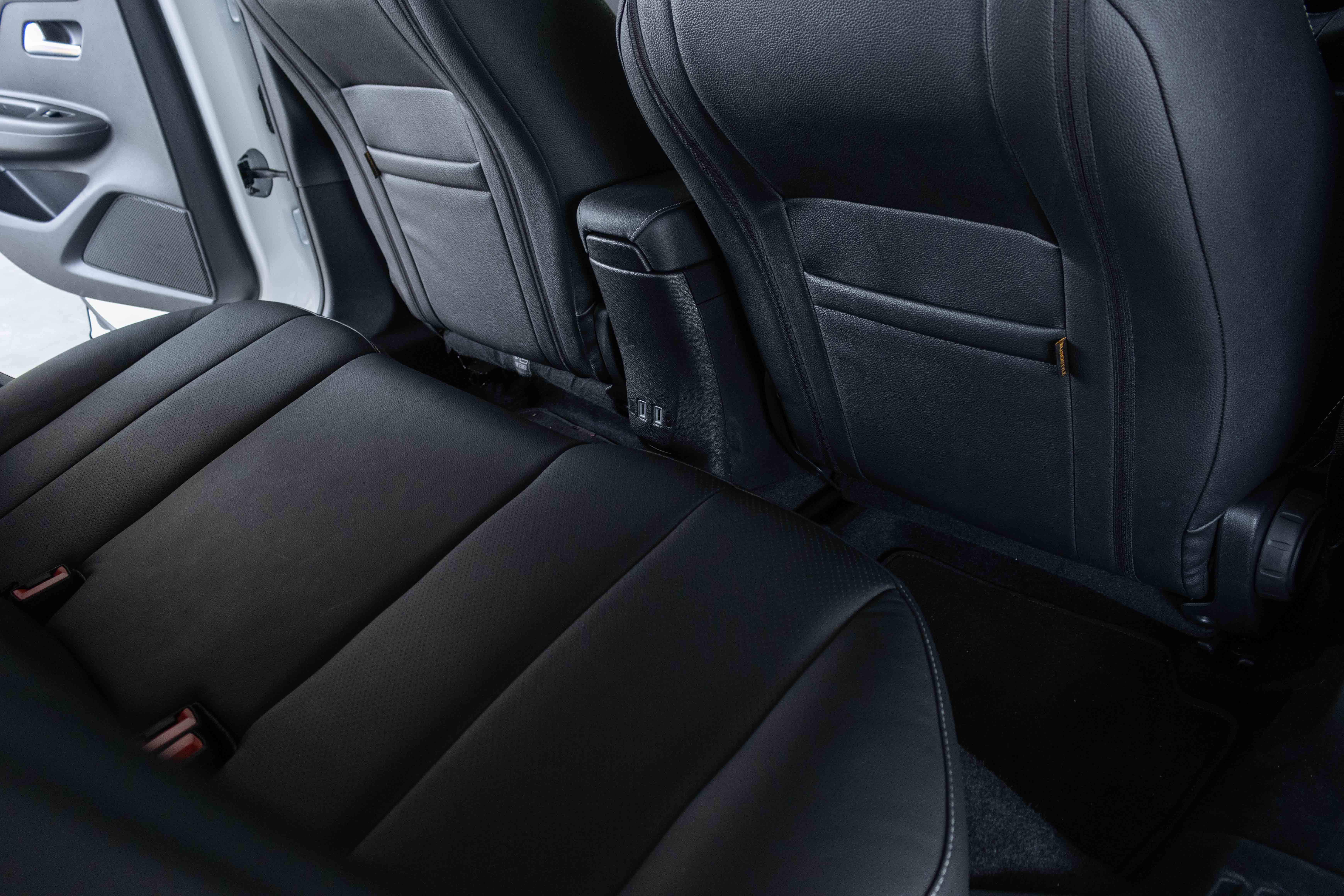
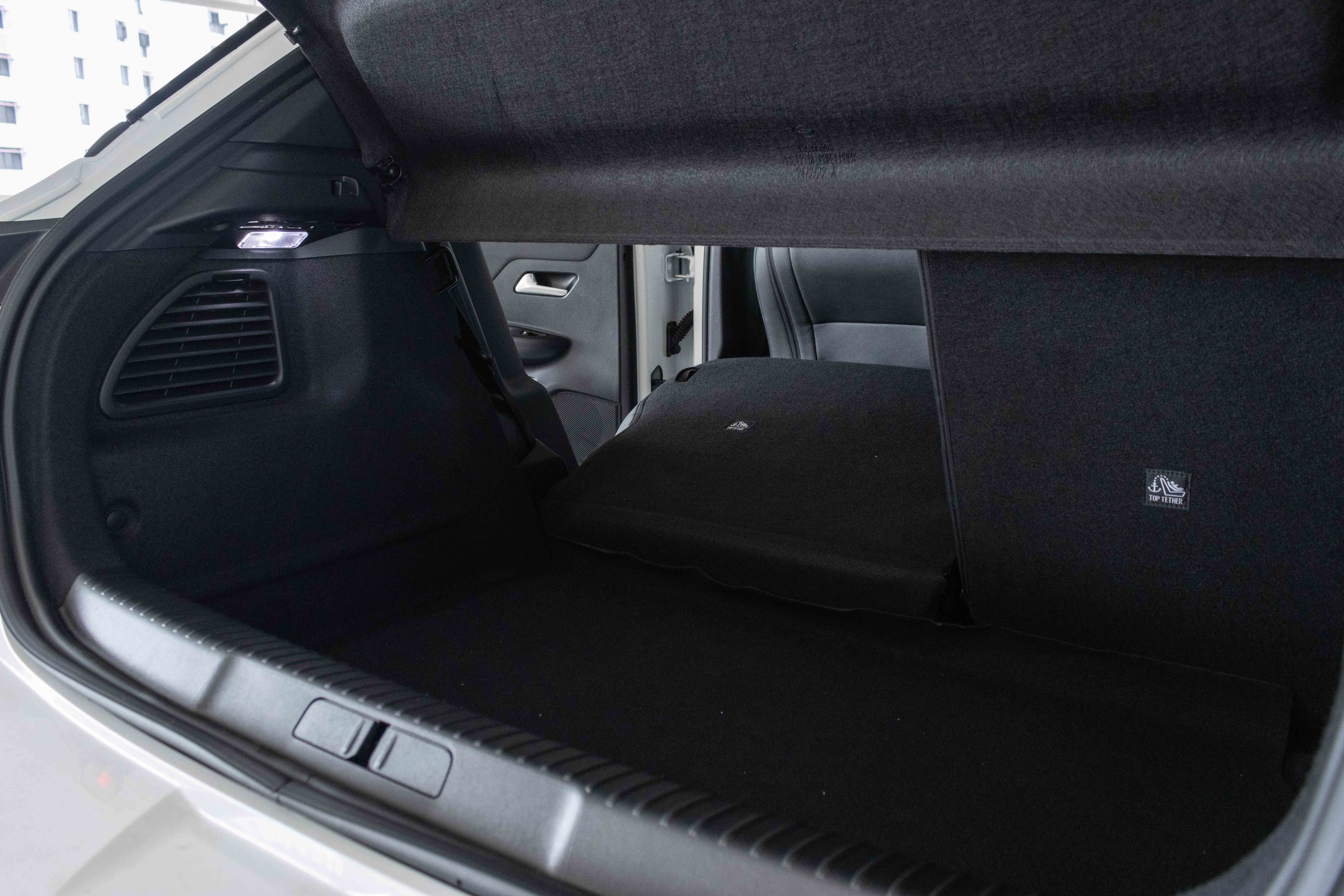
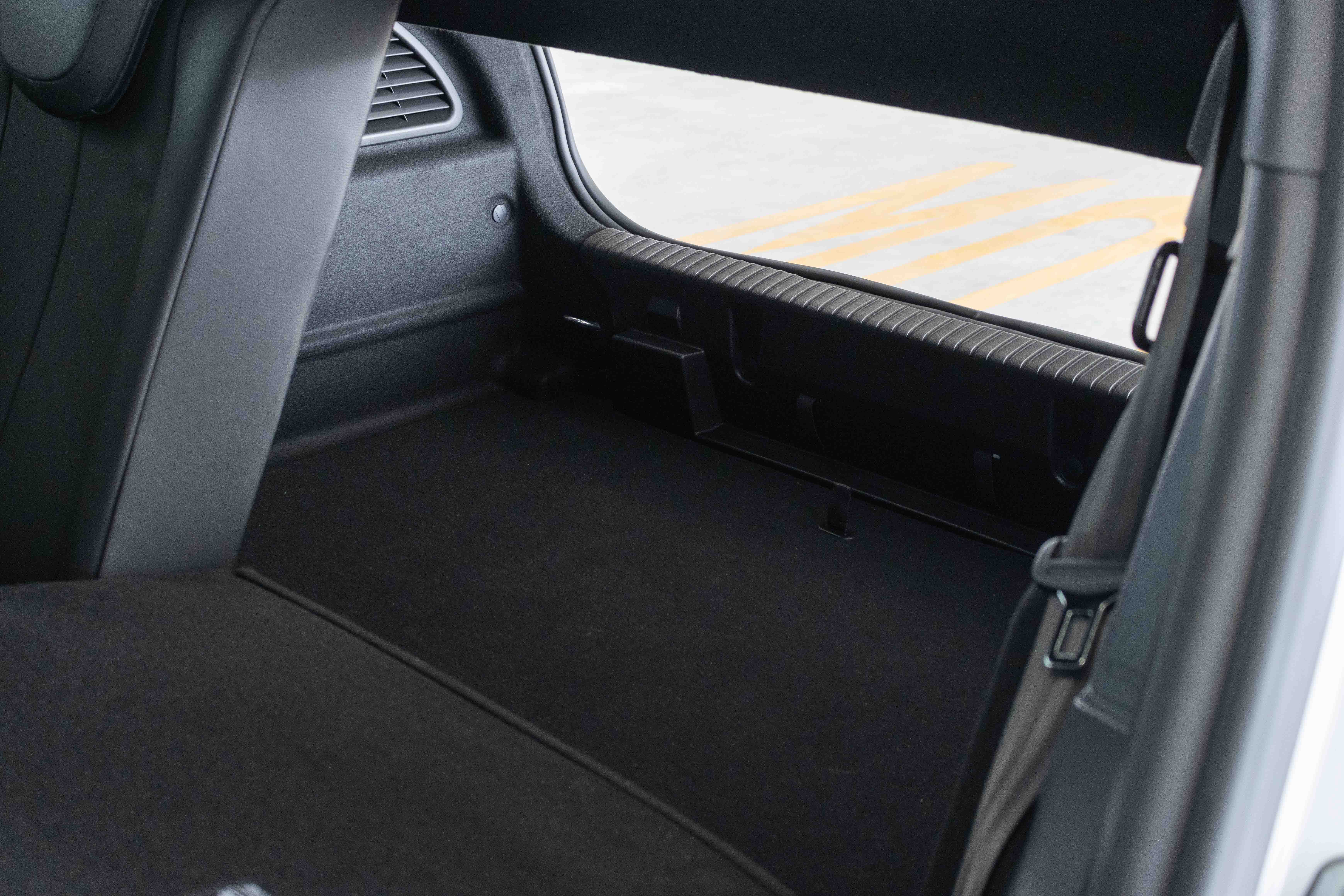
Even with the obvious French inputs, Opel has ensured that a good measure of its brand identity is retained on the interior. The button clusters and switches below this are all Opel's. The steering wheel too, very much belongs to the German marque.
Overall, the interior, even with its hard plastics, does not feel anything which hints at “entry-level”. Passenger legroom at the rear is decent enough for two adults, though we would be happier if there were rear air-conditioning vents.
The boot, which has a capacity of 350 litres trumps the cargo area in the Hyundai Kona EV; but for Singapore, the Mokka-e does not get the versatility of a double floor. This would mean that when the boot is expanded to its maximum capacity of 1,105 litres, you will lack that all-important flat loading area.
2022 Opel Mokka-e - the drive
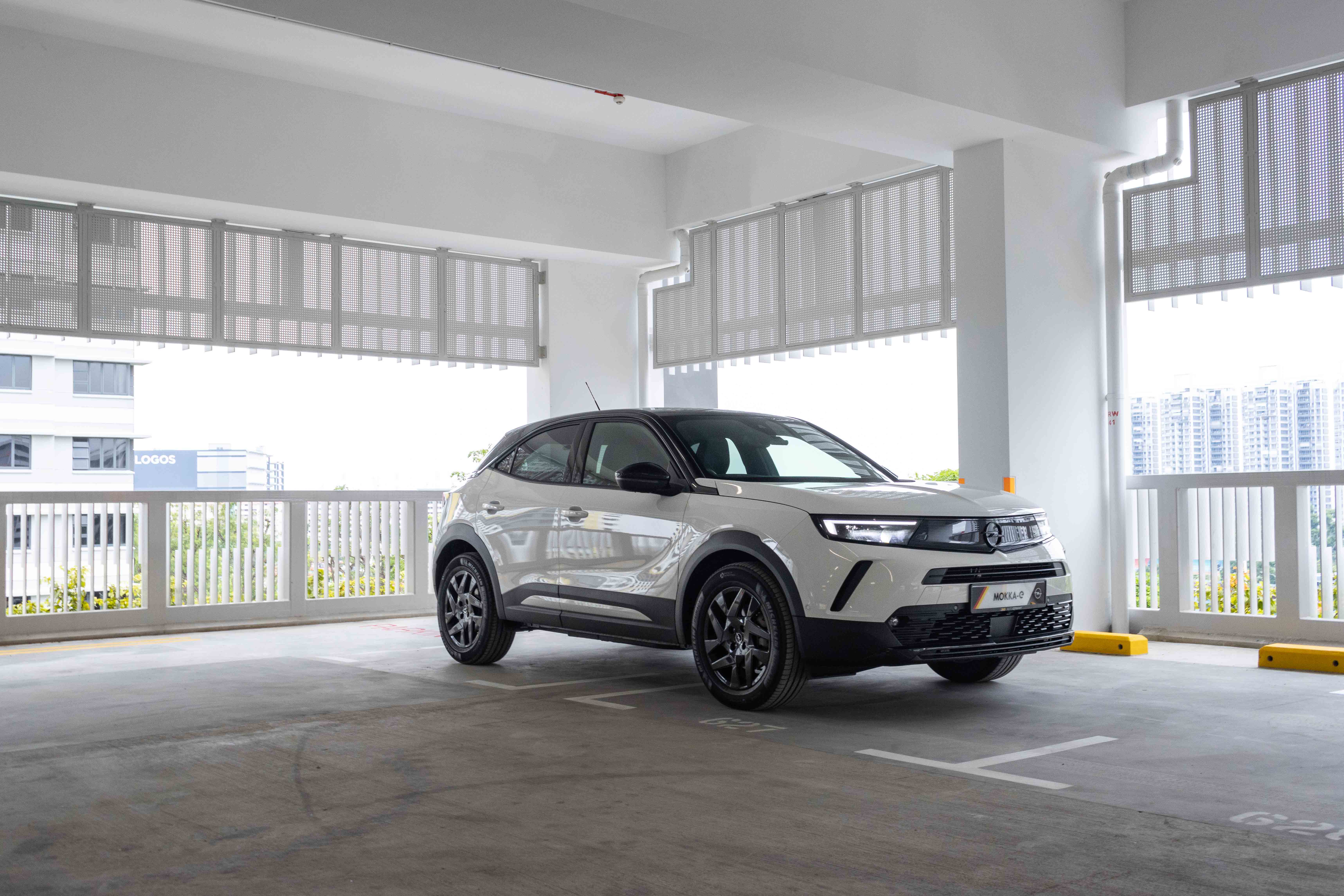
The amount of shove you are able to milk from the electric motor really depends on which of the three drive modes (‘Sport’, ‘Normal’ and ‘Eco’) you select. In ‘Sport’ the Mokka-e feels punchier, since all of its 130hp is unleashed. In ‘Normal’ drive mode, output is reduced to 107hp, which I find sufficient in most traffic conditions. ‘Eco’ restricts you to 80hp, but still keeps the small SUV decently drivable.
We found the interior better insulated than we’d had expected, and the 17-inch wheels on 215/60 Michelin Primacy tyres, paired to a rather pliant suspension, translates to ride quality with a lean to comfort. That brake feel on the other hand is rather numb, and borders unnatural. The pedal input largely corresponds to how much braking is done, till something like 70-percent of the way down; and then there is very little increment in stopping power thereafter.
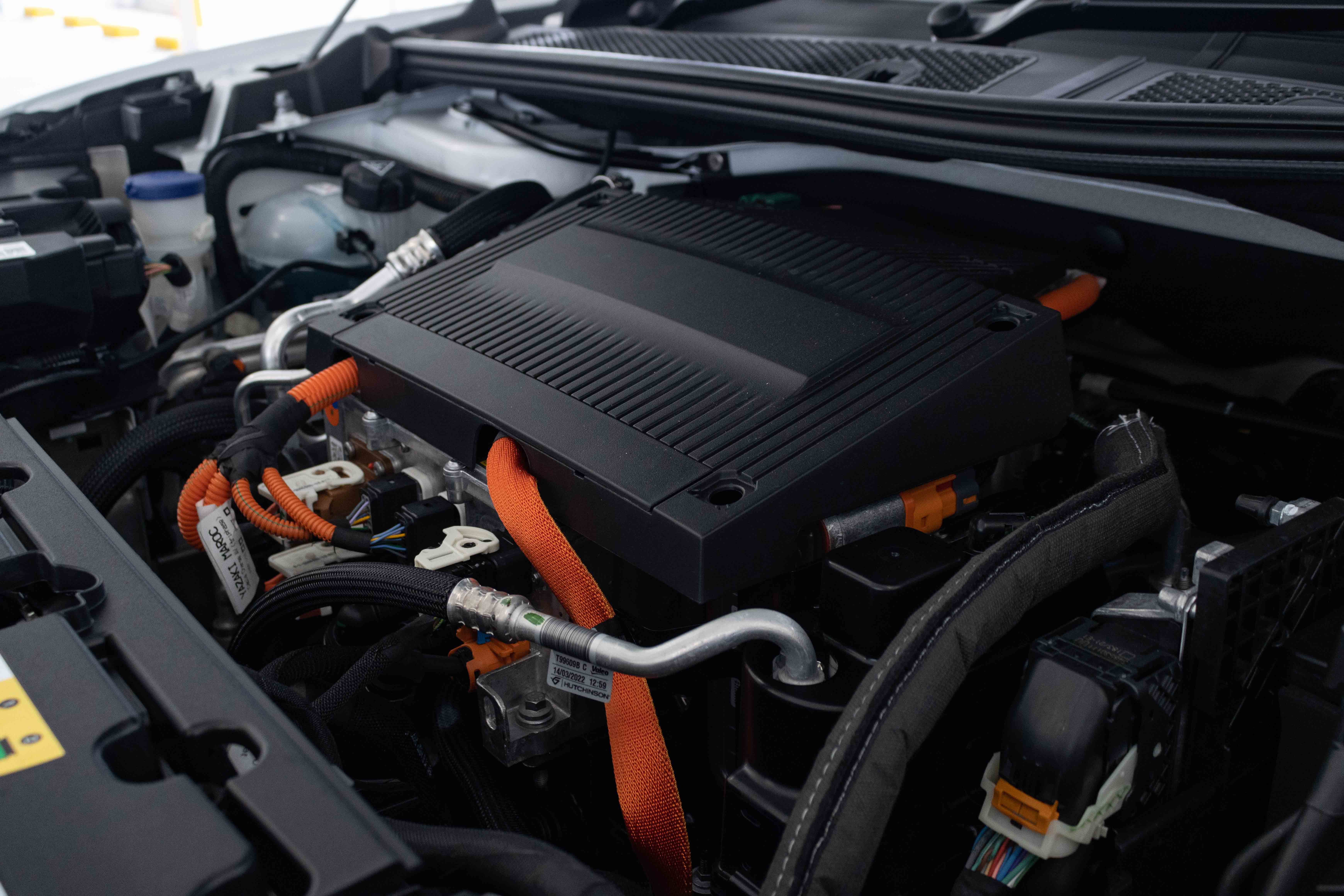
In town, the small SUV gets to legal traffic speeds quicker than you can say Manta is a Ray. It potters happily from junction to junction without fuss; and whenever you wish, you could make full use of that 260Nm to break away from the pack. However, once you board the highway, the motor’s delivery begins to taper-off, the quicker you go.
Around corners, the Mokka-e feels predictable, but push the throttle down a little more, and physics will remind you that you are lugging quite a bit of battery around. The electric SUV weighs a smidge below 1,600kg, while in contrast, the petrol 1.2 weighs under 1200kg. Batteries are heavy things, as you can tell from the Hyundai Kona Standard Range SUV which weighs in at 1,535kg, the (one class larger) BYD Atto 3 at 1,750kg and the Mini 3 Door Cooper S EV at 1440kg.
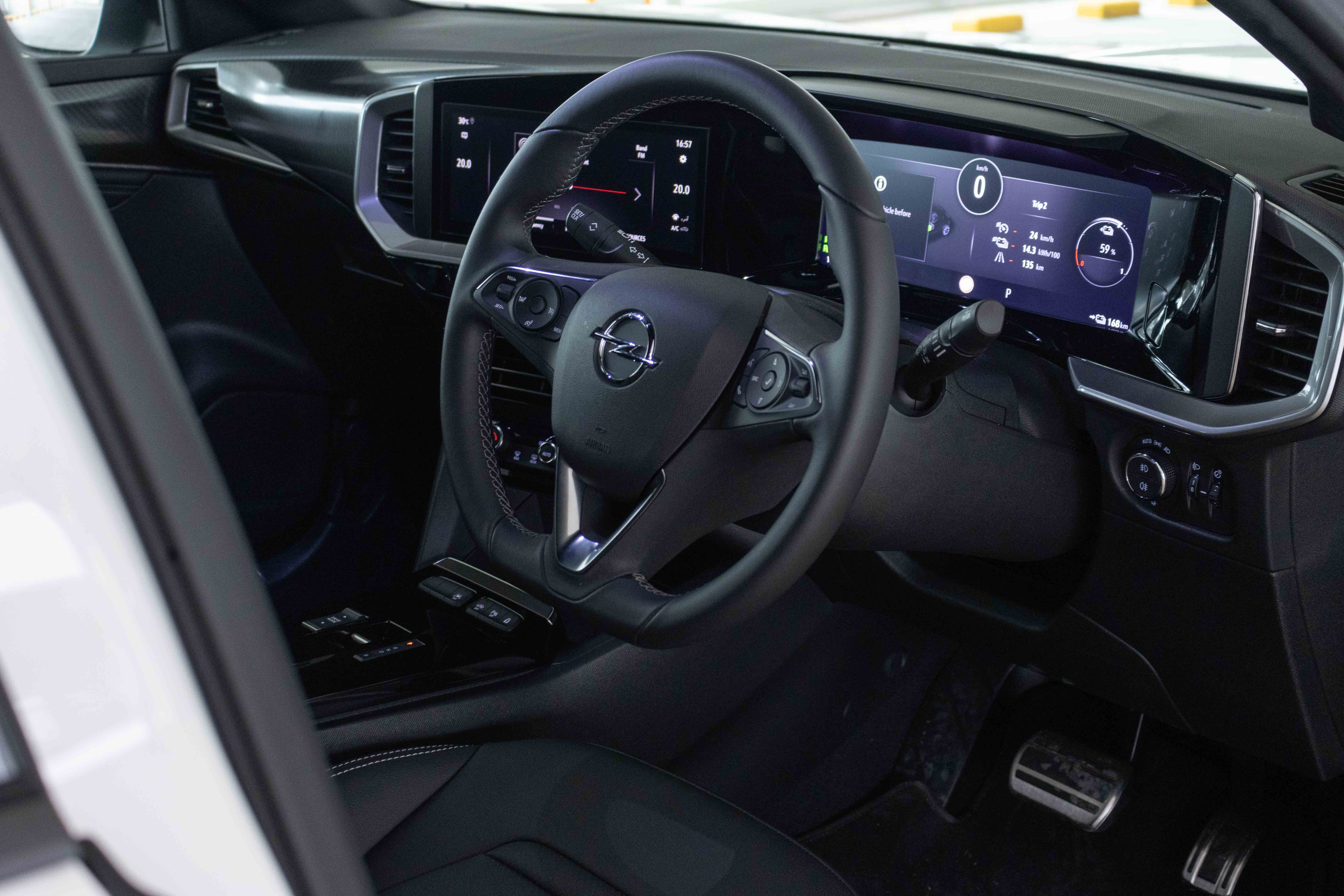
Back to the Mokka-e, its batteries are located under the front seats, and also where the fuel tank would have been on the ICE version; in total delivering an output of 50kWh. Which provides the Mokka-e an official range of 363km. For us, we averaged around 14kWh/100km, and we estimate that most owners could easily clock 300km between charges, or safely accomplish around three-and-a-half days of driving here. The battery charges in under 5 hours, with the 11kW wallbox. Opel also says that the battery can reach 80% capacity in half an hour if plugged into a DC charger.
Competition is stiff, with rivalry coming in the shape of the Hyundai Kona Electric, MG ZS and its French cousin, the Peugeot e-2008 (we reviewed the ICE car here). But that is if you are boxing yourself into looking for a small full-electric SUV. But out of that box, there are hybrid cars which also are green alternatives; the KIA Niro Hybrid (stay tuned for the review) is one of those you could consider, especially if you do not have access to your own infrastructure, or would not want to install any.
PHOTOS Clifford Chow
2022 Opel Mokka-e
Electric Motor 130hp, 260Nm
Battery Lithium ion, 50kWh
Charge Time / Type 4.5 hours / 11kW Wallbox
Electric Range 344km
0-100km/h 10.1secs
Top Speed 150km/h
Efficiency 14.5kWh/100km
CO2 0g/km
